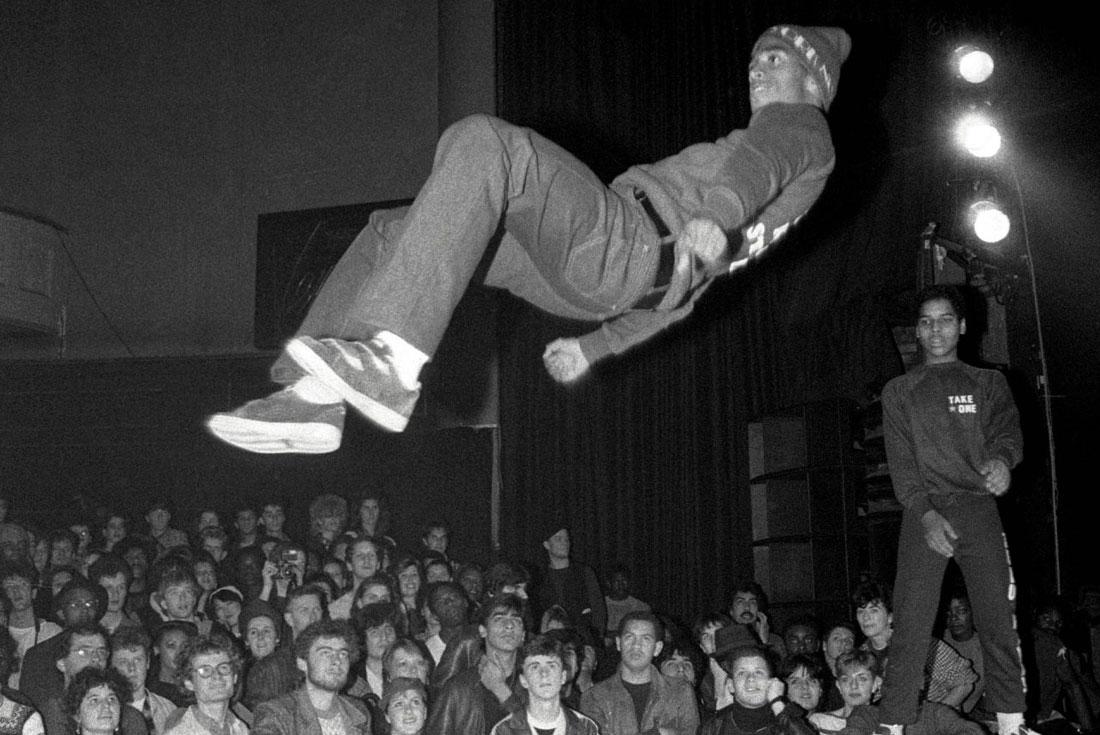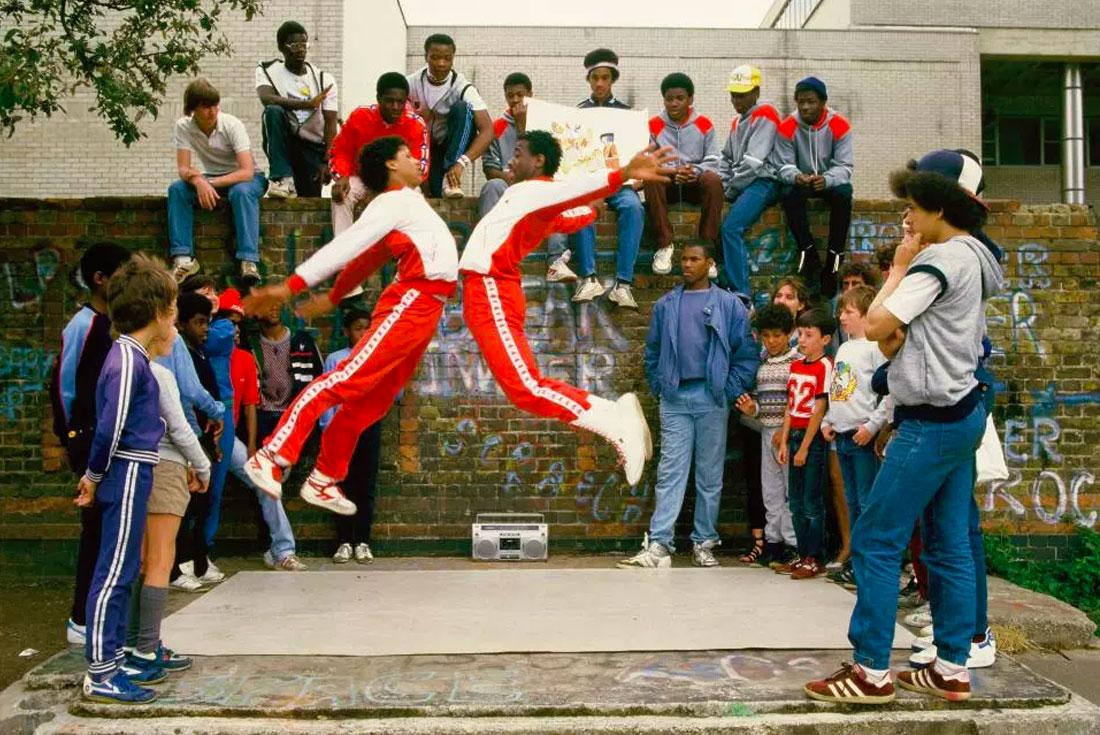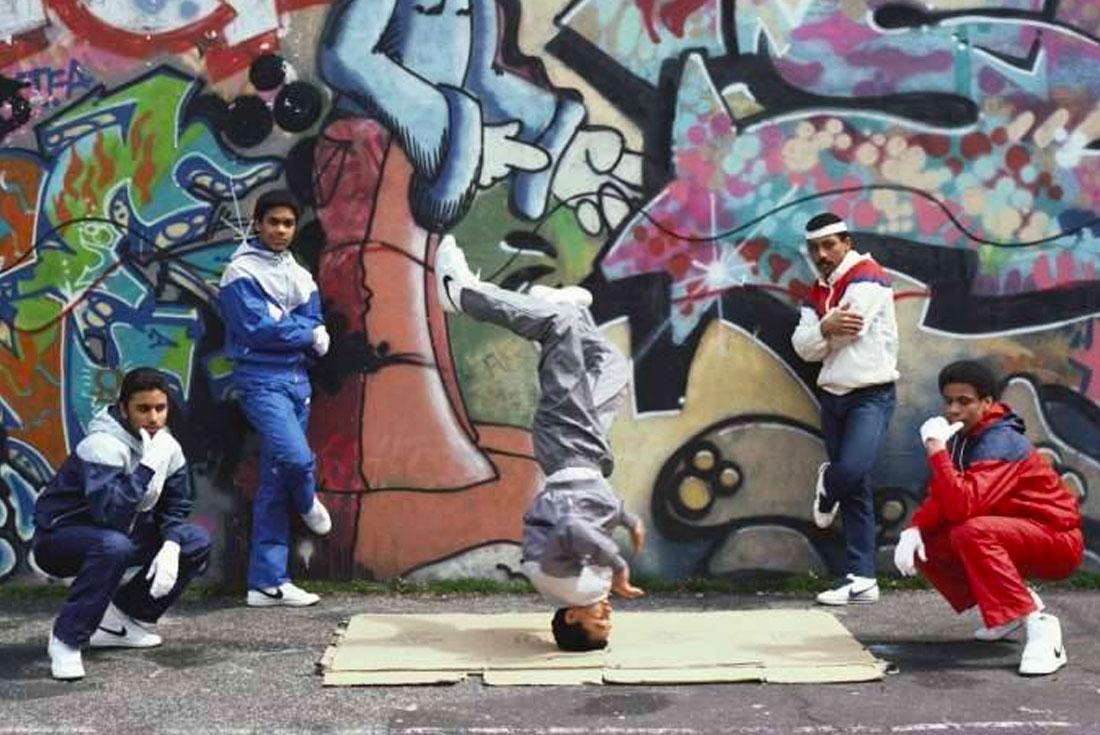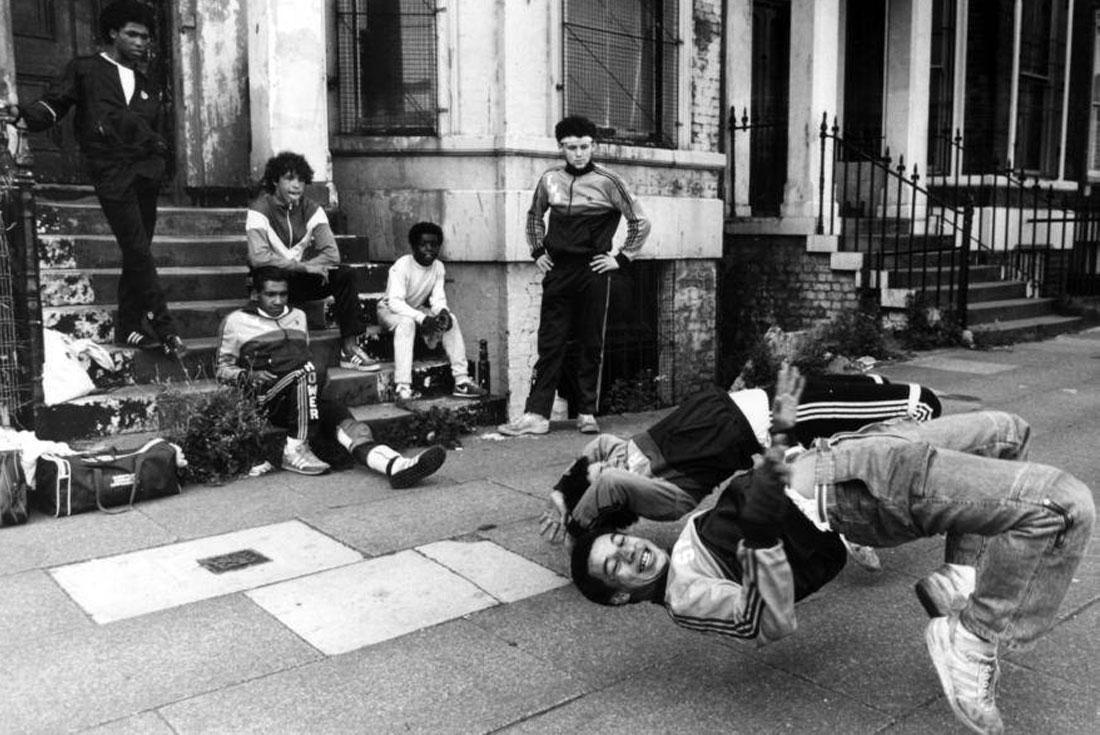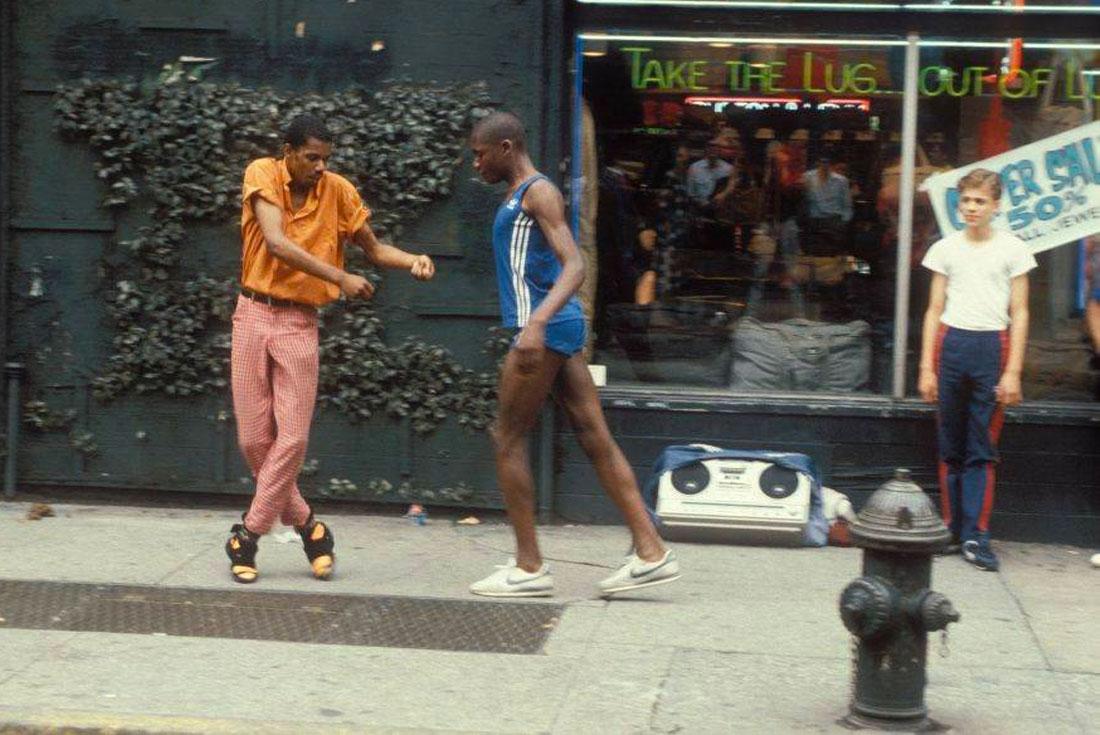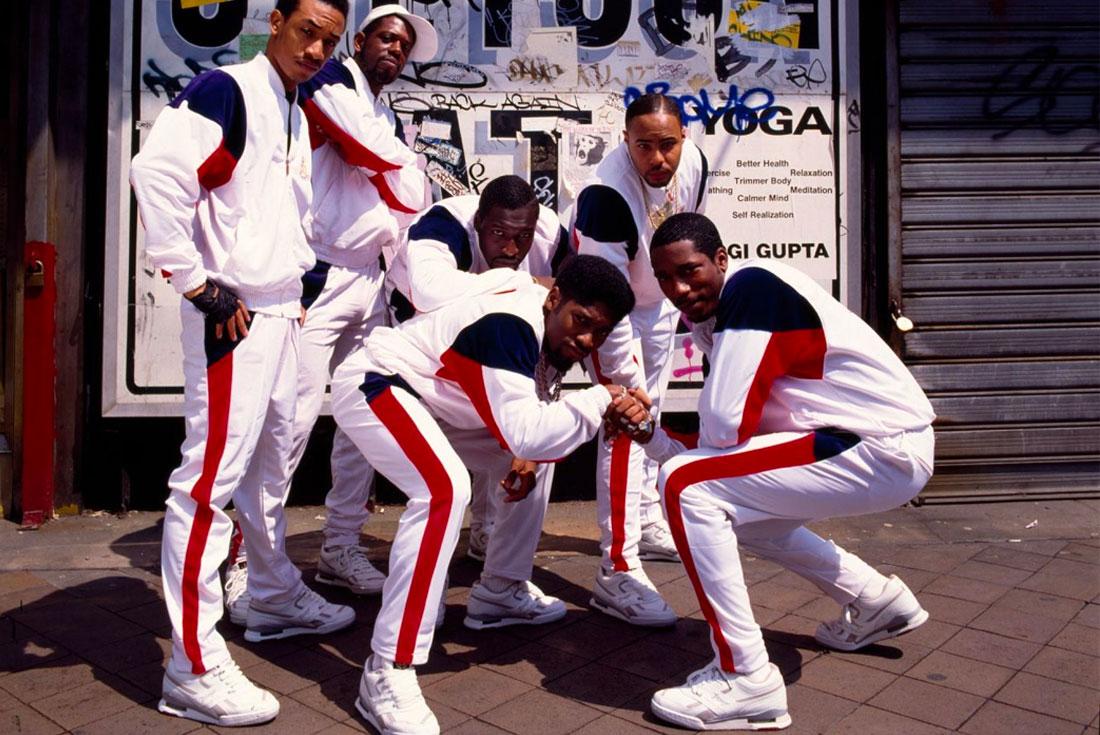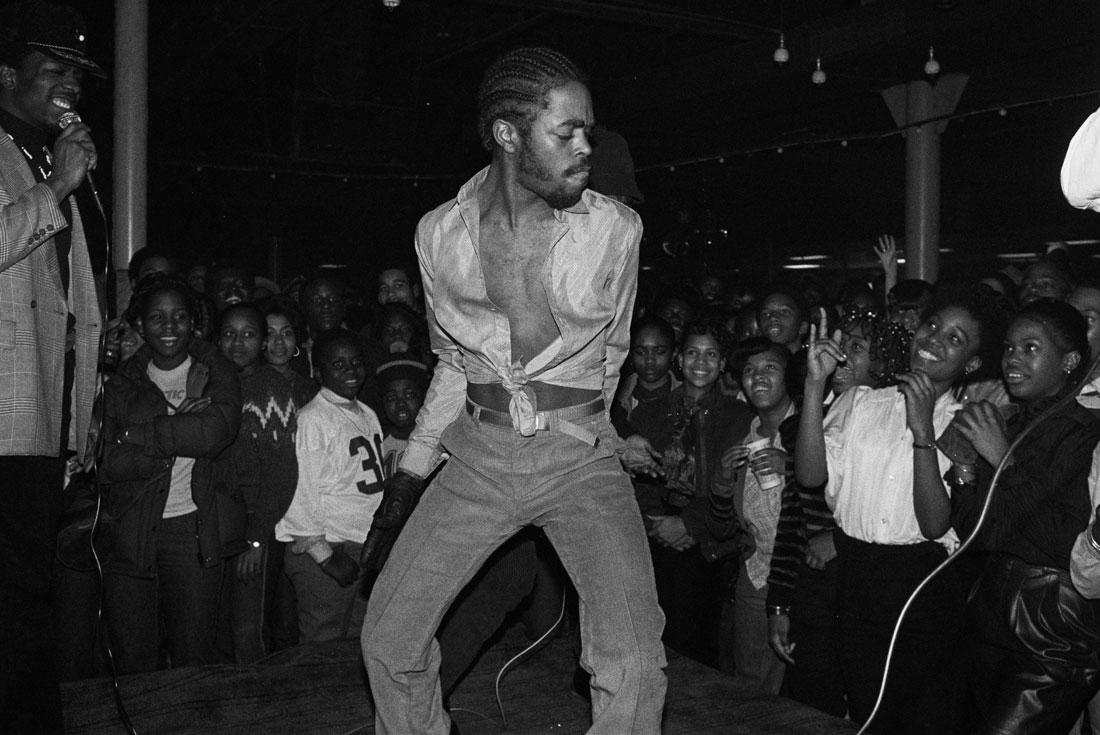Sneakers That Defined 1980s Hip Hop
Drake rinsing Kanye West for his Yeezy 350s, Pusha-T busting a multi-million dollar adidas deal, and Travis Scott flipping the Swoosh, it’s easy to take hip hop’s relationship to sneakers for granted. But let’s load the Walkman and rewind to where it all begun: a little Phencyclidine, one track and a million dollars. These are the sneakers that defined 1980s hip hop.
